I have spent the last couple of weeks in San Francisco and taken the opportunity to observe the impact of the Californian ban on incandescent lamps that was implemented in January 2011. Basically it has had zero effect. Standard incandescent lamps are freely available through all retail supply outlets. I have checked corner stores, supermarkets, neighborhood hardware stores and DIY sheds all have a full range of conventional incandescent lamps. The “Energy Saving” options vary considerably. Most stores have a reasonable complement of CFLs some have halogen incandescent replacements but only on hardware store and the DIY sheds carry any LED incandescent replacements and just the DIY shed had the L prize lamp that I was very keen to get my hands on. These LED options are all selling in the range $17 to $24.
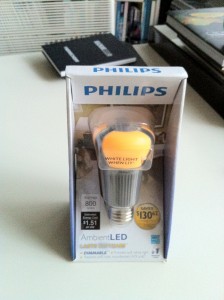
There has been so much store set by the quality of the L prize lamp that I was very keen to get one as it seems unlikely we will get them in the UK anytime soon. The first thing that surprised me was the extent of packaging for what is supposed to be an environmentally friendly product.
When first switched on I have to concede that the appearance of the light was OK in comparison to the GE Reveal lamp that it was replacing. The reveal is an incandescent with a slight blue tint.
The difference to the eye was not as marked as the images appear.
As expected when dimmed things changed dramatically:
[/caption]
The L prize got cooler in appearance and the perceived colour rendering became much worse casting a gloomy grey in the space. the lamp also suddenly went out about half way through the travel of the dimmer’s slider, the GE lamp dimmed right down to the minimum setting. What was really alarming was that the L prize lamp would not switch on at dimmer settings below about 70%. This was a serious problem in this location where three way switching was installed.
Really I am somewhat disappointed in a product that cost me $19.75 and does not work reliably at less than full power even when it claims to be dimable. Solutions such as this must be made fully compatible with existing wiring infrastructure.
Another point about the massive cost for these lamps is whether or not the claimed savings are realistic in domestic use. How many people will be using the same lighting after 22 years? How many will still be living in the same house or apartment? At 58 years old I have to question whether I will still be alive to realise these claimed savings! It really is not good enough that the best of these lamp replacement products should be priced so high and fail to meet reasonable performance expectations that at least they do not risk leaving people in darkness! I do feel that the general lamp buying public are being conned into overspending for overcomplicated and ineffective products.
This page from EarthLed shows a dissection of the L prize lamp. It really does question the holistic sustainability of replacing such an elegantly simple device as the traditional incandescent lamp with something that requires computing power that would shame the flight computers of the Mercury and Gemini space programmes and has more electronic components than a transistor radio! All in all the resources used to make this thing are truly excessive for the required functionality.
Kevan Shaw May 12, 2012
It has been brought to my attention that this is in fact not the L prize lamp but Philips lighting own knock -off! I bought this in a Home Depot and asked the staff if this was an L prize lamps and I was told that this is the version that Philips actually sell. It is made in China and it does not have the same design as the L prize however it is what is commonly available. I understand that the real L prize is available at around $70 only from specialist retailers that are predominantly on line. I suppose you can see the reason the Home Depot and similar retailers will not stock a $70 lamp when the predominant market price for LED replacements is already at an extortionate $20+. My main point stands that none of these LED replacement lamps are really fit for purpose.
Kevan Shaw December 27, 2012
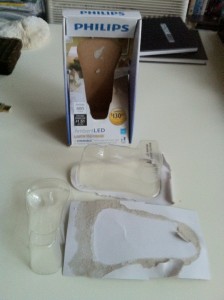
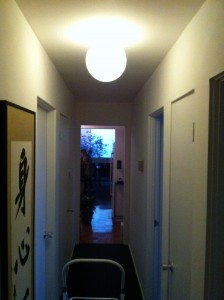
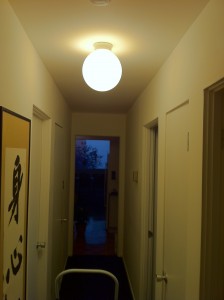
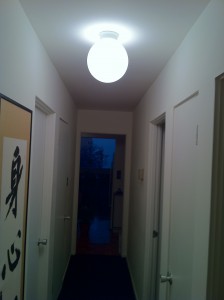
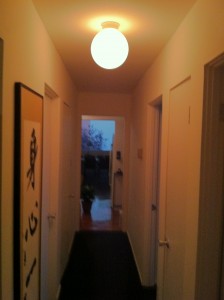

Good point about dimming effect :
Unsurprisingly it mirrors CFL problems since these LED types use similar coating (phosphorescent ) to spread the light.
And dimming after all is also an “energy saving” that ban proponents welcome.
Dimming and other problems were also highlighted in the official committee test review and designated test lab reports
“All about the new Philips LED Bulb, and how it won the L-Prize”
http://freedomlightbulb.blogspot.com/2012/03/lots-of-public-money-for-doubtful.html